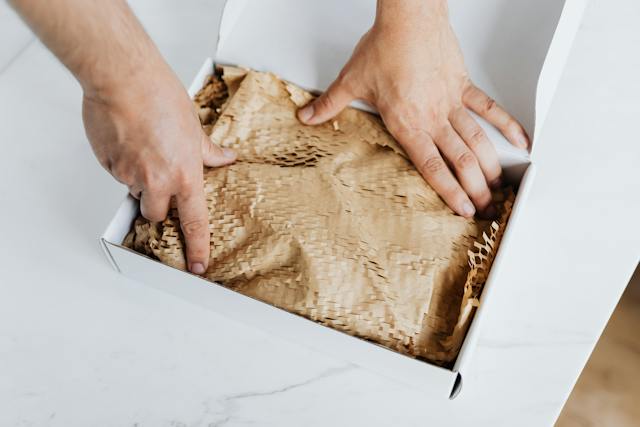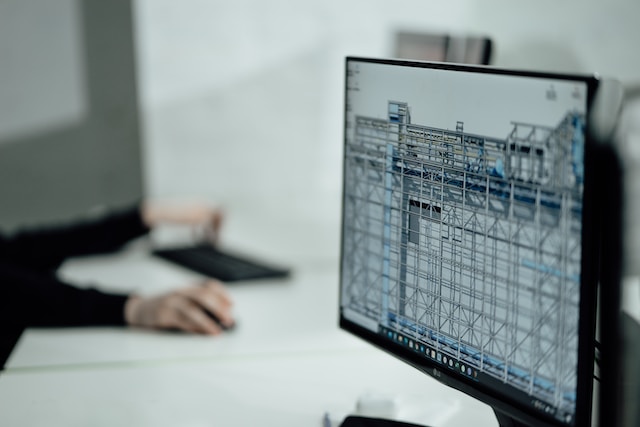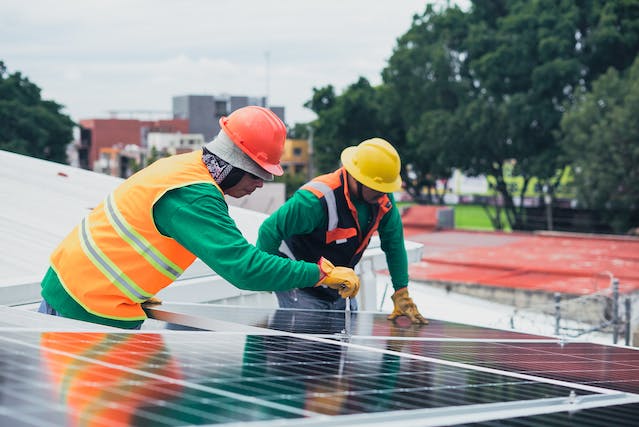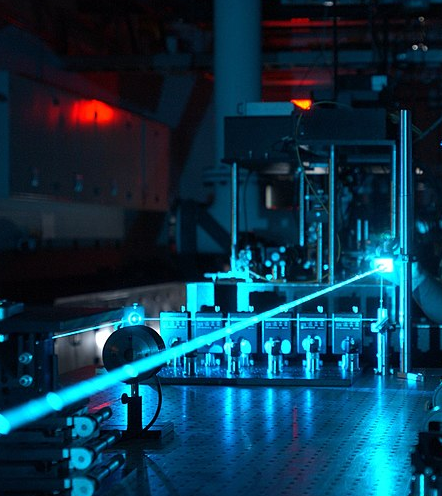Prefabricated buildings are revolutionary in the modern construction world. In addition to their efficiency and sustainability, they have gained increasing interest for their innovative designs and versatility across industries. This post, therefore, looks into the lesser-known aspects of a prefab building, creative uses, and advanced technologies that will shape its future.
Origins of Prefabrication
The roots of the prefabricated building can be traced to the early 20th century. This is when manufacturers began producing standardized, mass-produced building components. Early versions of prefabrication often consisted only of simple structures. However, the idea caught on rather quickly due to its efficiency. Here are some key moments in prefabrication history:
- Early 1900s The Sears Kit Homes: During the early 20th century, companies like Sears made “kit homes” available, including everything from materials to instructions on how to build a house. These houses were shipped across the U.S. and could be assembled by the homeowner.
- World War II Housing Crisis: The government immediately had to find cheap and quick ways to build housing for returning soldiers during World War II. Prefabricated housing thus became one of the prime things that could be fabricated in factories and assembled at any site, often within weeks.
- Post-War Expansion: Following WWII, the need for affordable housing exploded the prefab house market for both military and civilian purposes. Prefabricated housing became a quick solution to home shortages.
Whereas prefab houses were considered temporary or utilitarian in their original construction, modern development has made such buildings one of the functional and aesthetic alternatives to satisfy many needs.
The Science of Prefabrication: How Modern Technology Functionality Develops the Industry
Prefabricated buildings represent the synthesis of advanced engineering, high-tech manufacturing, and material science. Integrating modern technologies is crucial for maintaining the structure’s accuracy, sustainability, and scalability.
Materials Revolution: Efficiency Meets Durability
Materials in the prefab construction form the backbone of its speed, performance, and sustainability. Modern prefab buildings are based on high-performance materials to ensure durability, strength, and energy efficiency:
- Lightweight Steel: Lightweight steel has long been popular in buildings because of its strength, but the latest lightweight steel structures combine flexibility and stiffness and can be assembled even quicker.
- Engineered Wood Products: These manufactured products are designed to achieve maximum strength with minimum wood size, making them quite sustainable for buildings.
- Structural Insulated Panels: These are an effective means of insulation; thus, they offer better thermal performances and require less energy for heating or cooling a building. They also provide higher strength against conventional framing materials.
These materials are just a few examples of how prefab buildings use advanced solutions to provide long-lasting, environmentally friendly structures.
Incorporating Advanced Technologies
The role of technology in prefab construction has expanded considerably in recent years. As construction practices become more automated, the process is faster, more accurate, and increasingly environmentally conscious:
- 3D Printing: 3D printing is revolutionizing prefab building designs by allowing for the creation of complex shapes and components that traditional construction methods cannot easily replicate. Custom parts and intricate designs are made more accessible.
- Smart Manufacturing: Using Internet of Things devices in prefab factories ensures that all materials, production schedules, and even quality assurance are monitored in real-time to the highest degree of precision. This helps reduce waste and improve accuracy.
- BIM: BIM software assists designers in making digital blueprints for prefabricated buildings. This helps them do the job in a continuous work cycle. The technology limits the chances of errors, and the pieces will always fit perfectly. Communication even improves among architects, engineers, and contractors.
These developments have increased the capacity of what a prefab building can do, thereby extending the boundaries of modern architecture.
Key Advantages of Prefabricated Construction: Why Choose Prefab?
The popularity of prefab buildings isn’t a fad but a realistic solution to many construction problems today. Whether it is cost-efficiency or environmental benefits, prefab buildings have sharp edges over traditional construction.
1. Cost Efficiency and Time Savings
Prefab buildings offer several important reasons for becoming the preferred option for many, including significantly reducing construction costs and time. Not only are prefab constructions cheaper, but they also entail far less labor and less material:
- Less Expensive Labor: Most work is carried out in a controlled factory environment off-site, so labor costs are minimal.
- Reduced Construction Time: While a traditional building can take months or even years to complete, prefab buildings can be ready in a fraction of that time. Simultaneously, factory production and site preparation can cut overall project time significantly.
2. Quality Control and Precision
The controlled factory setting in which prefab buildings are manufactured ensures higher levels of precision and consistency. Components built with advanced machinery reduce the possibility of human error and, with it, probable structural defects. The components are produced indoors and sheltered from weather damage during construction, thus further increasing their quality and durability.
3. Environmental Benefits
Prefab buildings are naturally more sustainable than traditional buildings for several reasons. They are designed with energy efficiency in mind. Builders use sustainable materials that have minimal environmental impact:
- Waste Reduction: Since prefabricated components are made to exact specifications, generated material waste during production is greatly minimized.
- Energy Efficiency: Many modern prefabricated buildings employ energy-efficient insulation, solar panels, and other technologies that reduce energy consumption.
4. Design Flexibility and Customization
Despite their factory origins, prefab buildings can be highly customizable, offering various design options for homeowners and businesses. Prefab construction does not mean sacrificing aesthetics for functionality:
- Aesthetic Flexibility: Whether designing a modern office space or a cozy home, prefab buildings offer numerous design possibilities. Materials like engineered wood, glass, and steel can be combined to create visually stunning results.
- Cut to order: Prefabricated structures may be tailored to specific needs, whether for a residential home, commercial space, or industrial warehouse.
Application of Prefabricated Buildings: Where Are They Used?
Prefab buildings are no longer confined to just homes and small structures. Today, prefab buildings have been extended to be used by numerous industries, making them quite suitable for various needs and environments.
1. Residential Houses
Over the last few decades, prefab homes have gained considerable momentum as an attractive option for affordable, efficient energy consumption and quality housing. These buildings provide everything from small-sized modular homes to exorbitantly elaborate prefab residences that fit your tastes and your wallet.
2. Commercial
More companies now prefer prefab construction for office buildings, retail shops, and restaurants. Prefab commercial buildings are affordable and tailor-made to suit one’s particular needs.
3. Industrial and Agricultural Purposes
Prefabricated buildings are ideal for warehouses, factories, and agricultural buildings, considering that spans are larger and durable, hence easy to customize. These structures can also serve manufacturing plants, distribution centers, and agricultural storage.
4. Educational and Recreational Facilities
Prefab buildings are excellent for classrooms, gyms, and community centers. Their quick assembly allows schools and recreational organizations to satisfy the rising demand for facilities without time-consuming delays in construction.
Prefabricated Buildings and the Future of Construction
With the currently observed evolution of construction practices, the future of prefab buildings looks brighter than ever. Manufacturing, design, and sustainability technology continue to improve, thus driving the industry forward:
- Green Construction: As the demand for environmentally friendly buildings increases, the application of sustainable materials and energy-efficient designs will also rise.
- Smart Buildings: Incorporating smart technology, such as Internet of Things devices and automation, into prefab building construction would make them even more efficient and functional.
Prefab construction is bound to drive the future of architecture with solutions for speed, economy, and sustainability.
Conclusion
Prefabricated buildings are more than a fad; they are a solution that has combined the operable trifecta of speed, affordability, and sustainability. From modest homes to expansive warehouses, the prefab structure can serve highly varied needs while offering a modern, eco-friendly approach to construction. Knowing the benefits, applications, and considerations will give you an advantage in making an informed decision about your next building project. Investing in a prefabricated building for personal or business use could be a smart and future-ready choice.







